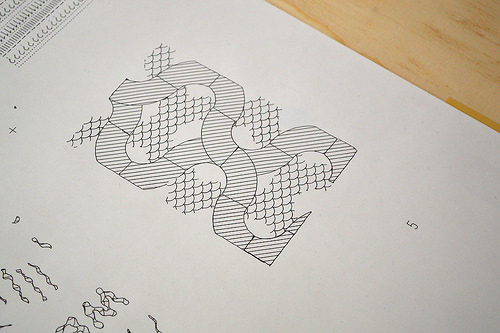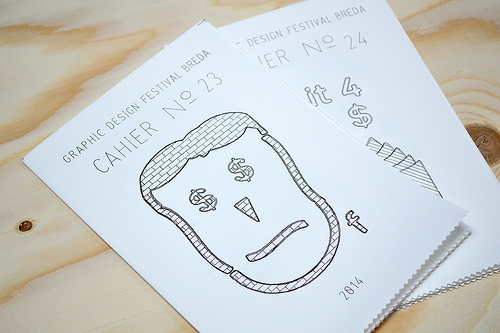Computers Watching Movies is a vision system developed by Benjamin Grosser, which uses a combination of AI and vision to try and understand what’s visually and emotionally “stimulating” in a film scene. His system is able to make decisions about which films to view, and upon “watching” a scene, outputs an image representing the parts of the scene the system was drawn to with its “eyes”.
A major part of what gets me excited about this project as because I am able to draw parallels to some of my own work: I’ve been doing “research” trying to figure out how to analyze a scene and programmatically determine where a camera should focus — essentially, trying to get a computer to identify focus. It’s cool not only to see someone interested in a similar problem, but to see them solve it with AI, which is an approach I was certainly not using.
I wish I had better information about what the system is actually doing. I respect that it’s probably complicated and worth glossing over when presenting one’s work, but even though the program seems successful at identifying key moments and features in film, Grosser explains that this project is about what the computer wants to look at, not us, and I feel like it’s hard to appreciate the algorithm’s success unless I have a more detailed view of what it’s looking for, even if was just a short logline or a flow chart.
Wired Magazine explains that Grosser was inspired by the fact that computer vision programs are almost always developed to assist humans, and wondered what it might mean to create a system that used vision purely to inform itself.
Sleepwalkers is an interactive installation at a minigolf course. It is probably best explained by video, but essentially, tiny holographic people can be seen through small spaces in the wall, and they interact with audience members in an effort to extract a golf ball from the installation. I find this really neat, because the installation manages to tell an entertaining and interactive story, and because, while lots of performance installations use media and projection as spectacle, I think this installation made very effective use of technology to tell a story that wouldn’t have otherwise been possible.
I find this piece hard to critique, but I guess the argument could be made that the interactive element could be more interesting and involved. The figure has to stand on the hand of a participant, and the participant has to wiggle their fingers to progress so the motivation is absolutely there, but the audience member mostly acts as a static prop, and doesn’t do much. It would be much more exciting if the installation required some kind of movement or action on the audience’s part. But I understand this becomes technically challenging very fast, and it’s not clear the overall effect would justify the expense.
The piece was inspired by the miniature golf course that commissioned it, Urban Putt. This course was created by a group of San Francisco artists, and is known have a quirky, creative aesthetic with interactive elements. The project employs several familiar vision techniques, but actually is responsible for the creation of a new vision technique that enables illuminated characters to interact with their audience.

